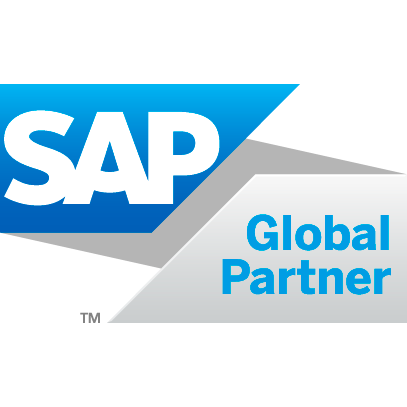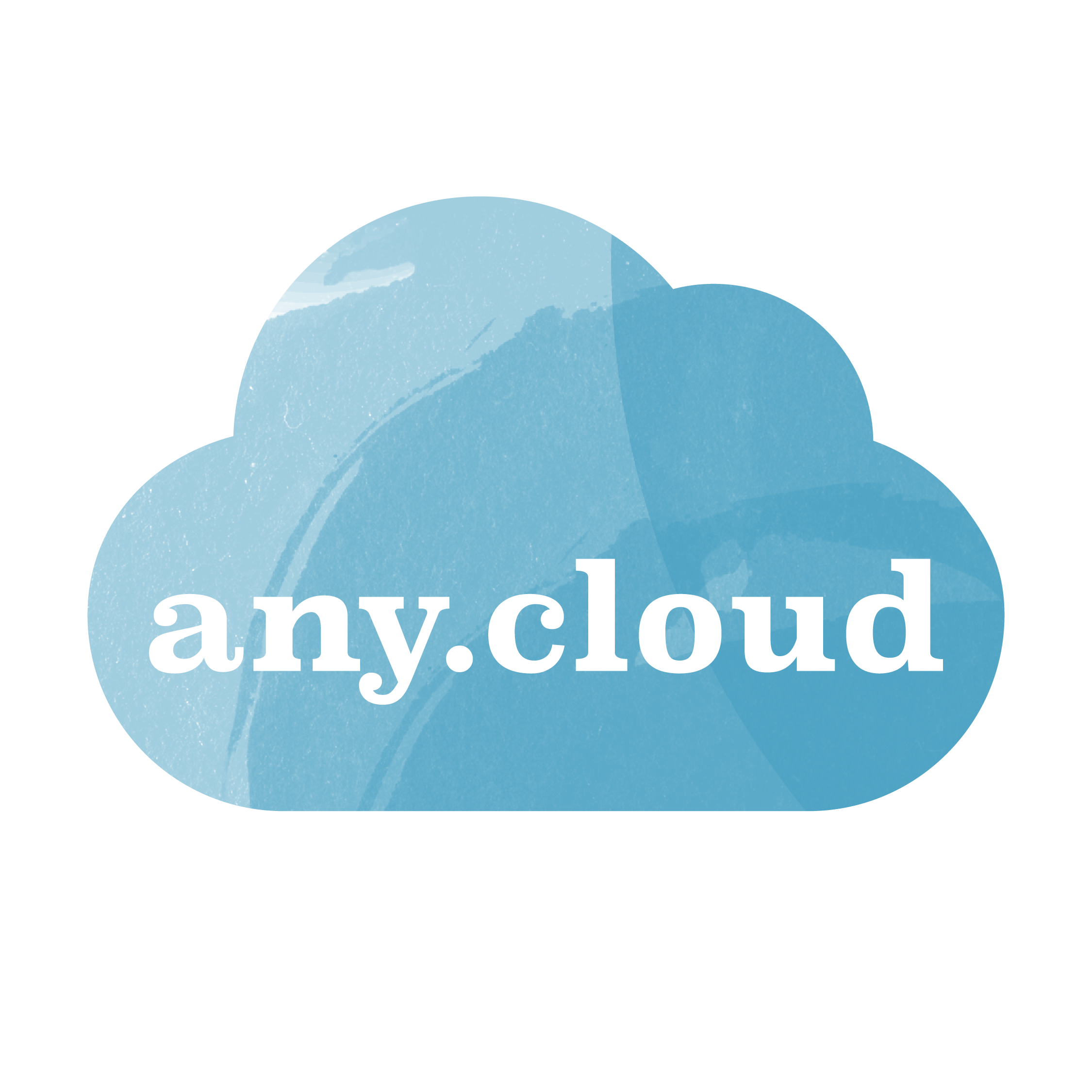Viewing 269 products
Cloud Object Storage on VPC for SAP HANA Backup
- By IBM

DevSecOps Application Lifecycle Management
- By IBM
FalconStor StorSafe PowerVS Deployable Architecture
- By FalconStor Software

IBM Cloud Essential Security and Observability Services
- By IBM
IBM Cloudability Enablement
- By IBM

IBM Spectrum LSF
- By IBM
Maximo Application Suite
- By IBM
Payment HSM Interface (PHI)
- By Utimaco

Power Virtual Server for SAP HANA
- By IBM
Power Virtual Server with VPC landing zone
- By IBM
Red Hat OpenShift Container Platform on VPC landing zone
- By IBM

VPC for SAP HANA NetWeaver ABAP
- By IBM

VPC landing zone
- By IBM

VPC with Additional Application Server ABAP on Linux for SAP HANA
- By IBM

VSI on VPC landing zone
- By IBM

Watsonx.ai SaaS with Assistant and Governance
- By IBM
AgileCDN
- By AGILEWING TECHNOLOGY CO. LIMITED

AiSolved - Seekers Of Knowledge Meet AI Solutions
- By Blue Sky Creations Pty Ltd
Akasia FinOps Modeler
- By Akasia, Inc.
Analytics Engine
- By IBM
AnonTech ViziVault Platform
- By Anon Technology, Inc.

Anycloud Backup for 365
- By any.cloud A/S

API Connect
- By IBM
API-Bridge for PowerVS
- By MONO-X Inc.
App Configuration
- By IBM
App ID
- By IBM

Bare Metal Server for Classic
- By IBM

Bare Metal Servers for VPC
- By IBM

Bespoken Automated Testing For IVR and Chat
- By Bespoken

Block Storage for Classic
- By IBM

Block Storage for VPC
- By IBM

Block Storage Snapshots for VPC
- By IBM

BUS4i System Copy - Migrate 23 for Power i
- By T.S.P. - Gesellschaft fuer Informationssysteme mbH

Check-a-roo
- By Blockpliance, Inc.

Client VPN for VPC
- By IBM

Cloud HSM
- By IBM

Cloud Logs
- By IBM

Cloud Monitoring
- By IBM

Cloud Native Storage and Data Service
- By Robin.io

Cloudant
- By IBM

Cloudsway CDN Pro
- By HONGKONG CLOUDSWAY LIMITED

Cobalt Iron - Secure Automated Backup with Compass
- By Cobalt Iron

Code Engine
- By IBM

Compliance and Customer Experience Automation
- By Cognitive View

Container Registry
- By IBM

Continuous Delivery
- By IBM

Converlistics
- By Cerebral Blue LLC

ConvertIO VMware Workload Migration and Conversion
- By PrimaryIO

CrushBank
- By CrushBank Technology Inc.

Custom Migrations DR and Management as a Service
- By Wanclouds Inc.

CyberStrong by CyberSaint
- By CyberSaint Security

Data Product Hub
- By IBM

Data Replication
- By IBM

Data Virtualization
- By IBM

Databases for EDB
- By IBM

Databases for Elasticsearch
- By IBM

Databases for MongoDB
- By IBM

Databases for MySQL
- By IBM

Databases for PostgreSQL
- By IBM

Databases for Redis
- By IBM

DataStage
- By IBM

Db2
- By IBM

Db2 Warehouse
- By IBM

Dedicated Host for VPC
- By IBM

Direct Link Connect
- By IBM

Direct Link Connect on Classic
- By IBM

Direct Link Dedicated
- By IBM

Direct Link Dedicated Hosting on Classic
- By IBM

Direct Link Dedicated on Classic
- By IBM

Direct Link Exchange on Classic
- By IBM

Dizzion Complete
- By Dizzion, Inc

Dizzion Complete - Horizon
- By Dizzion, Inc

Dizzion Complete FS - Horizon
- By Dizzion, Inc

Dizzion Flex
- By Dizzion, Inc

Dizzion Managed
- By Dizzion, Inc

DNS Services
- By IBM

Email Delivery, powered by Sendgrid
- By Third Party

Enterprise Application Service
- By IBM

etiCloud secure digital agile workplace
- By etiCloud Ltd

Event Notifications
- By IBM

Event Streams
- By IBM

FalconStor StorSafe for Power On-Premises
- By FalconStor Software

File Storage for Classic
- By IBM

File Storage for VPC
- By IBM

Flow Logs for VPC
- By IBM

FNTS Managed Services for PowerVS Cloud
- By First National Technology Solutions

FortiGate Security Appliance 10Gbps
- By IBM

Fresche Presto
- By Fresche Solutions USA Corporation

Fresche Security Suite
- By Fresche Solutions USA Corporation

Fresche X-Analysis Suite
- By Fresche Solutions USA Corporation

Gateway Appliance
- By IBM

Hardware Firewall
- By IBM

HDM VMware Workload Analyzer
- By PrimaryIO

Hyper Protect Crypto Services
- By IBM

Hyper Protect Virtual Server for Classic
- By IBM

IBM Cloud Backup for Classic
- By IBM

IBM Cloud Backup for VPC
- By IBM

IBM Cloud Reservations for VPC
- By IBM

IBM i Managed on Power Virtual Server
- By IBM

IBM Match 360 with Watson
- By IBM

IBM Verify
- By IBM

IBM watsonx Code Assistant
- By IBM

Internet Services
- By IBM

IPSec VPN
- By IBM

Key Protect
- By IBM

Knowledge Studio
- By IBM

Komprise Elastic Data Migration
- By Komprise

Komprise Intelligent Data Management Suite
- By Komprise

Kubernetes Service
- By IBM

Load Balancer for VPC
- By IBM

Load Balancers for Classic
- By IBM

Lyve Data Transfer Services
- By Seagate Technology LLC

Messages for RabbitMQ
- By IBM

MinIO
- By MinIO

MONO-X One for PowerVS
- By MONO-X Inc.

MQ
- By IBM

Natural Language Understanding
- By IBM

Netezza Performance Server
- By IBM

NeuralSeek
- By Cerebral Blue LLC

Object Storage
- By IBM

OpenPages
- By IBM

Partner with Technology Expert Labs - Build IBM Storage Protect for PowerVS
- By IBM

Partner with Technology Expert Labs - Build SAP HANA Starter Edition
- By IBM

Partner with Technology Expert Labs - Migrate Workloads to IBM Power Virtual Server
- By IBM

Planning Analytics
- By IBM

Portworx Enterprise
- By Portworx Inc

Power Virtual Server
- By IBM

Power Virtual Server DR Automation
- By IBM

PowerVS Migration as a Service
- By Wanclouds Inc.

Private Path Service for VPC
- By IBM

ProtectIO DRaaS Managed Service
- By PrimaryIO

PX-Backup for Kubernetes
- By Portworx Inc.

Qiskit Runtime
- By IBM

Raxak Protect
- By Cloud Raxak, Inc.

Red Hat AI InstructLab
- By IBM

Red Hat OpenShift on IBM Cloud
- By IBM

Satellite
- By IBM

Schematics
- By IBM

Secondary Subnets
- By IBM

Secrets Manager
- By IBM

Secure Gateway
- By IBM

Security and Compliance Center
- By IBM

Security and Compliance Center Workload Protection
- By IBM

Speech to Text
- By IBM

SSL Certificates
- By IBM

Standard Live Payment HSM Service
- By Utimaco

STAR Virtual Learning Platform (VLP)
- By Star Systems India Private Limited

Storage Ceph as a Service
- By IBM

Streaming Analytics
- By IBM

Text to Speech
- By IBM

Toolchain
- By IBM

TradeScreen
- By Trademo Technologies Inc

Transit Gateway
- By IBM

Virtual Private Cloud
- By IBM

Virtual Private Endpoint for VPC
- By IBM

Virtual Server for Classic
- By IBM

Virtual Server for VPC
- By IBM

VLAN
- By IBM

VMware Cloud Migration Services
- By PrimaryIO

VMware Solutions
- By IBM

VPC COaaS (VPC Cost Optimization as a Service)
- By Wanclouds Inc.

VPC+ Cloud Migration
- By Wanclouds

VPC+ DRaaS (VPC+ Disaster Recovery as a Service)
- By Wanclouds Inc

VPN for VPC
- By IBM

Watson Discovery
- By IBM

watsonx
- By IBM

watsonx Assistant
- By IBM

watsonx Orchestrate
- By IBM

watsonx.ai Runtime
- By IBM

watsonx.ai Studio
- By IBM

watsonx.data
- By IBM

watsonx.data integration
- By IBM

watsonx.data intelligence
- By IBM

watsonx.governance
- By IBM

WealthGrowth.AI
- By Cognerium AI, Inc.

Celerity CopyAssure for PowerVS
- By Celerity

Celerity Professional Services for PowerVS
- By Celerity

Cloud Platform Professional Services
- By Lyticly Pty Ltd

Container Security Services
- By IBM

FNTS Cloud Migration Services
- By First National Technology Solutions

Fresche KTLO Application Management
- By Fresche Solutions USA Corporation

Fresche LPAR Operations Management
- By Fresche Solutions USA Corporation

Hybrid Cloud Infrastructure as a Service
- By IBM

Managed Network Security Services
- By IBM

NeuralSeek Professional Services
- By Cerebral Blue LLC

Partner with Technology Expert Labs
- By IBM

Power i Migrate 23 Services
- By T.S.P. - Gesellschaft fuer Informationssysteme mbH

Power i Migrate While Active Services
- By T.S.P. - Gesellschaft fuer Informationssysteme mbH

Professional Services for Government(only available in US)
- By IBM

PROFI PowerVS Service
- By PROFI Engineering Systems AG

PVS One Managed Service
- By MONO-X Inc.

TechD Professional Services
- By Cerebral Blue LLC

2 Zone VPC
- By Community

AccuKnox CNAPP
- By AccuKnox

AnonTech ViziVault for IKS (Self-Managed)
- By Anon Technology, Inc.

API-Bridge for PowerVS - Trial
- By MONO-X Inc.

Change Cloud™
- By TomorrowX

Cloud Pak for Data
- By IBM

Cloud Pak for Integration
- By IBM

Cloud Pak for Security
- By IBM

CloudGuard Network Security Firewall with Threat Prevention
- By Check Point Software Technologies

CloudGuard Network Security Management
- By Check Point Software Technologies

CloudHedge App Modernization Platform
- By CloudHedge Technologies Inc.

Connected Agile® Platform
- By TomorrowX

Delivery Innovation Platform (BASIC)
- By TomorrowX

Delivery Innovation Platform (PREMIUM)
- By TomorrowX

Delphix Data Compliance for IBM Cloud
- By Third Party

Delphix DevOps Data Platform for IBM Cloud
- By Third Party

Dynamiq GenAI platform
- By Dynamiq Technologies, Inc.

F5 BIG-IP Virtual Edition for VPC
- By F5 Networks

F5 Container Ingress Services Operator
- By F5 Networks

FalconStor StorSafe for PowerVS Cloud
- By FalconStor Software

FileMage Gateway Usage Based
- By Filemage LLC

FlowX.AI Platform
- By FLOWX.AI INC.,

Fortinet FortiGate Next-Generation Firewall - A/P HA
- By Fortinet Inc.

Fortinet FortiGate Next-Generation Firewall - Single VM
- By Fortinet Inc.

GeneXus
- By GeneXus

IBM Cloud Block Storage plug-in
- By IBM

IBM High Availability infrastructure for 3-tier MZR
- By IBM

IBM High Availability infrastructure for 3-tier SAZ
- By IBM

IBM Spectrum Symphony
- By IBM

IBM Storage Protect
- By IBM

IBM Storage Scale
- By IBM

Ionburst - BYOL Edition
- By Ionburst Limited

Juniper Next-Gen SASE Firewall -BYOL
- By Juniper Networks

LAMP
- By Community

LEMP
- By Community

Microsoft SQL Server 2022 Standard on Windows Server 2022
- By IBM

Mobile Foundation
- By IBM

One37 Business Connector
- By One37 Solutions Inc.

One37 Business Studio
- By One37 Solutions Inc.

One37 PostgreSQL Support Database
- By One37 Solutions Inc.

One37 REDIS Support Database
- By One37 Solutions Inc.

Open XLC Compiler for AIX
- By IBM

OpenVPN Access Server
- By OpenVPN Inc.

PHI Image (do not deploy standalone)
- By Utimaco

Prisma Cloud Compute Edition - BYOL
- By Palo Alto Networks

QuantaStor Virtual Storage Appliance
- By OSNexus Corporation

RackWare - CloudMotion
- By RackWare Inc.

RackWare-SWIFT-DR
- By RackWare Inc.

RackWare-SWIFT-Migration
- By RackWare Inc.

Red Hat 3scale API Management - BYOL
- By Red Hat

Red Hat Ansible Automation Platform BYOL
- By Red Hat

Rocket iCluster HA/DR
- By Rocket Software, Inc.

SAP BW/4HANA Linux on VPC
- By IBM

SAP NetWeaver(ABAP) Linux/Db2 standard on VPC
- By IBM

SAP S/4HANA Linux - High Availability on VPC
- By IBM

SAP S/4HANA Linux on VPC
- By IBM

Secured Enterprise File Services Platform
- By CTERA Networks

StormForge Optimize Live - BYOL
- By Gram Labs, Inc d/b/a StormForge

Tanium Cloud Appliance for the IBM Cloud
- By Tanium Inc.

Tanium Endpoint Client (for Linux)
- By Tanium Inc.

TidalScale Software-Defined Servers
- By TidalScale, Inc.

TrilioVault for Kubernetes
- By Trilio

Turbonomic Application Resource Management
- By Turbonomic

Unified API Protection Platform (UAP)
- By Cequence Security

Vantage on VMware Analytics Bundle
- By Teradata

Vantage on VMware Dev Tier 17.10
- By Teradata

Veeam Kasten - Enterprise Data Protection for Kubernetes
- By Kasten by Veeam

VM-Series Firewall - BYOL
- By Palo Alto Networks

WebSphere Application Server
- By IBM

XCrypt Data Protection for OpenShift and Kubernetes
- By Zettaset

Zenoss Cloud Collector
- By Zenoss, Inc

Containers
- By IBM

Databases
- By IBM

Infrastructure
- By IBM

Observability
- By IBM

Platform Automation
- By IBM

Security
- By IBM
